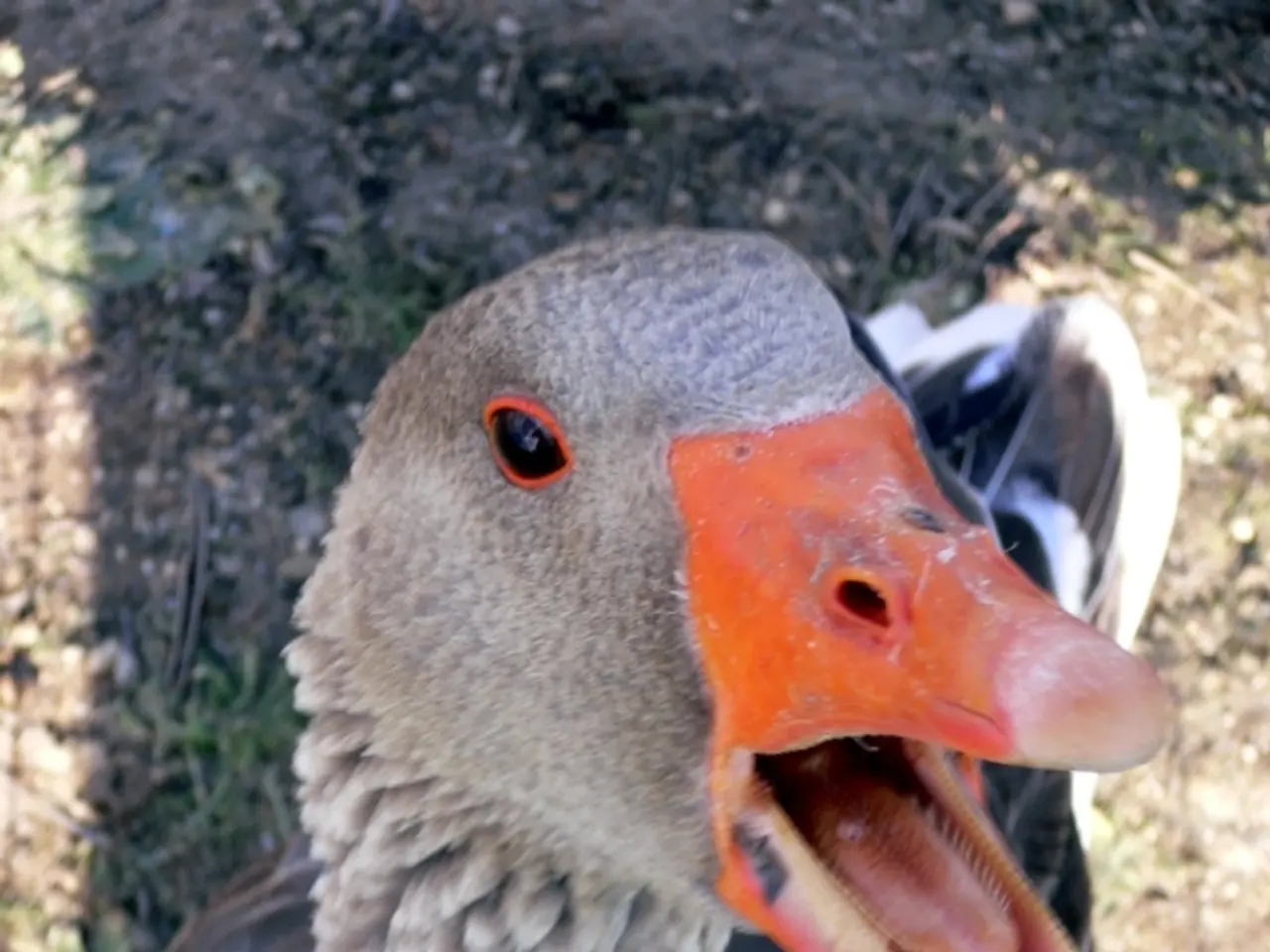Blocked Bile Duct: Symptoms, Causes, and Urgent Treatment
A blocked liver duct, known as biliary obstruction, is a serious condition that requires immediate medical attention. It occurs when the bile ducts, which carry bile from the liver and gallbladder to the duodenum, become blocked. Symptoms can include nausea, light-colored stools, dark urine, jaundice, abdominal pain, and itching. Gallstones are the most common cause of this obstruction.
Bile, secreted by the liver, aids in fat digestion and clears the liver of waste products. When the bile ducts are blocked, bile cannot reach the small intestine, leading to a buildup that can cause jaundice and other symptoms. Risk factors for biliary obstruction include a history of liver stones, Caroli disease, chronic pancreatitis, and obesity.
Treatment for biliary obstruction aims to correct the underlying cause and alleviate the blockage. This can involve procedures to remove liver stones, widen strictures, or treat tumors. Other causes of biliary obstruction include inflammation of the bile ducts, trauma, cysts, parasites, and tumors. If left untreated, biliary obstruction can lead to life-threatening liver diseases.
Biliary obstruction is a serious condition that requires prompt medical attention. Its symptoms include nausea, light-colored stools, dark urine, jaundice, abdominal pain, and itching. Gallstones are the most common cause, but other factors such as tumors, inflammation, and trauma can also lead to this blockage. Treatment focuses on removing the cause and restoring the flow of bile. Early intervention is crucial to prevent severe liver complications.





